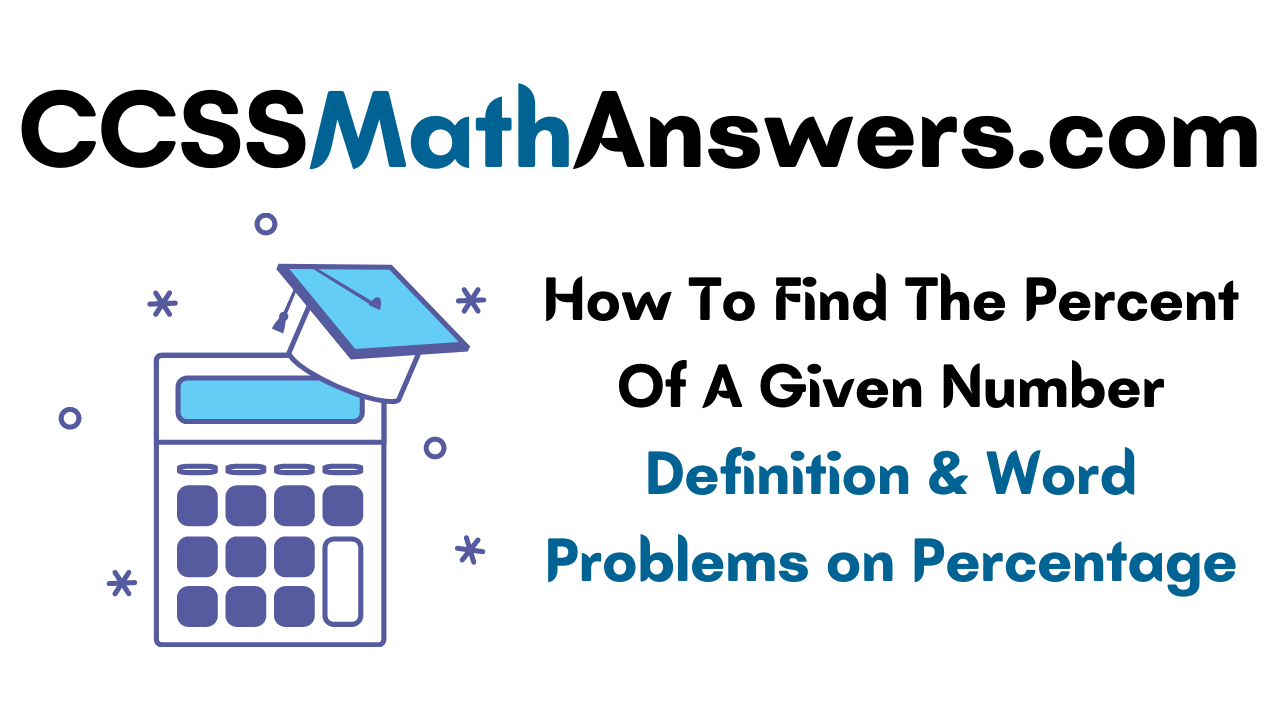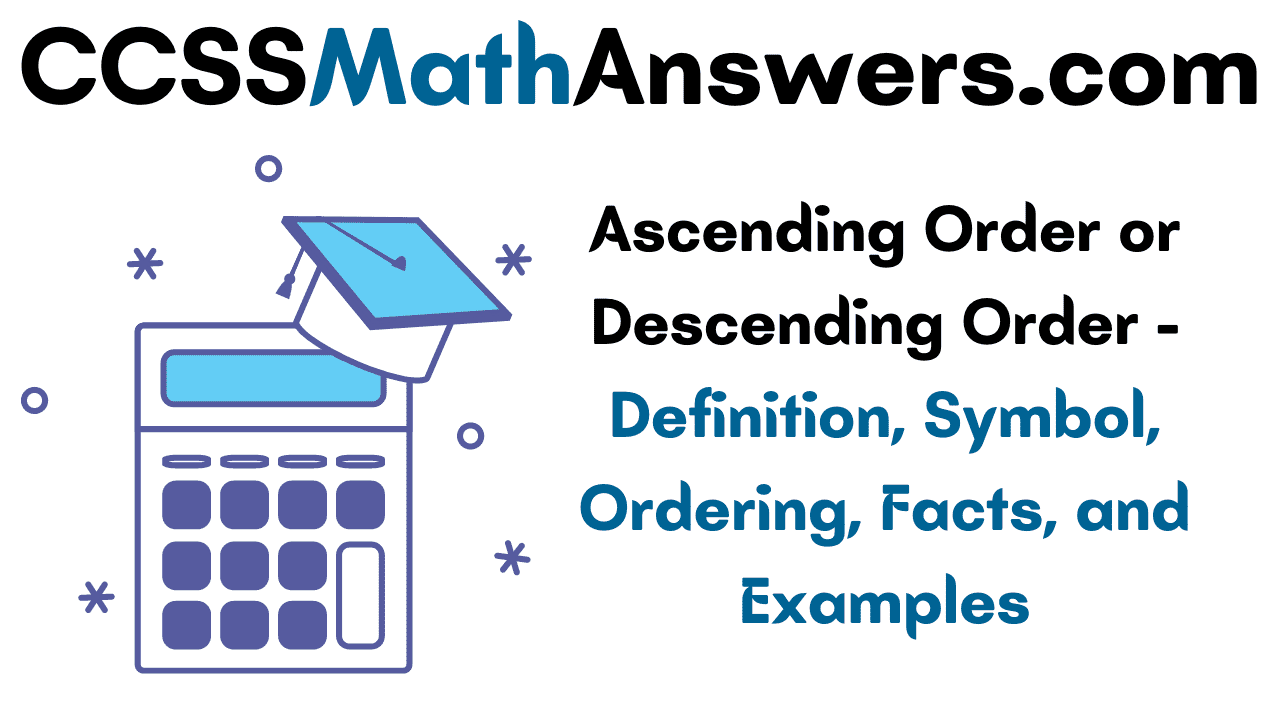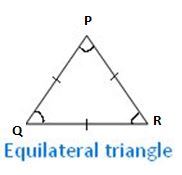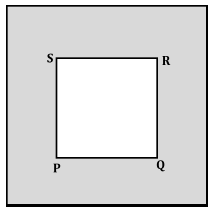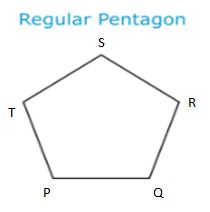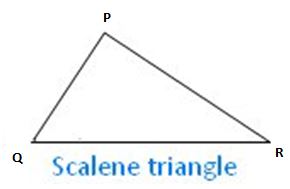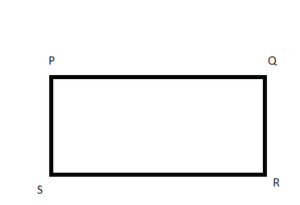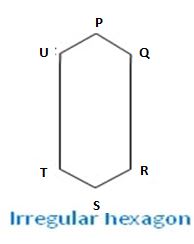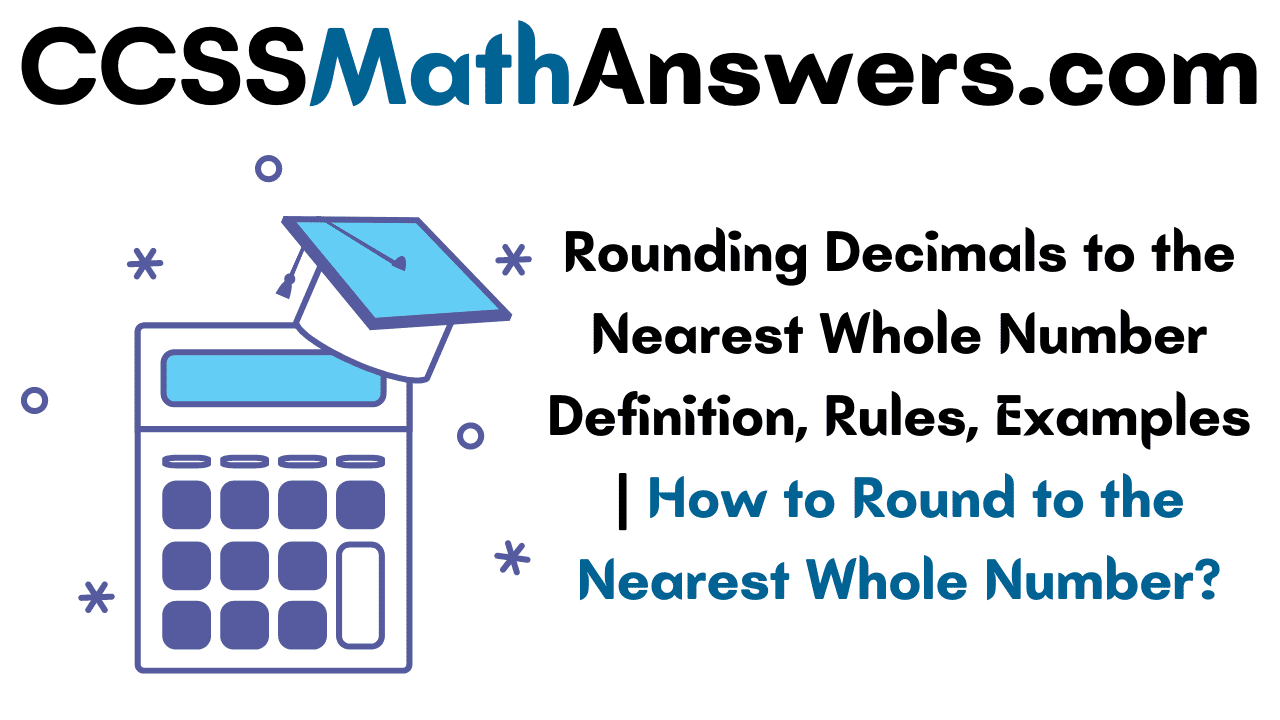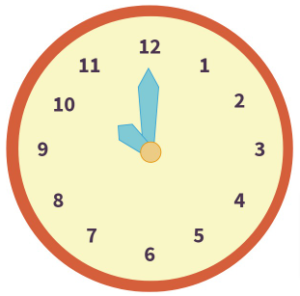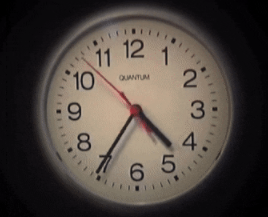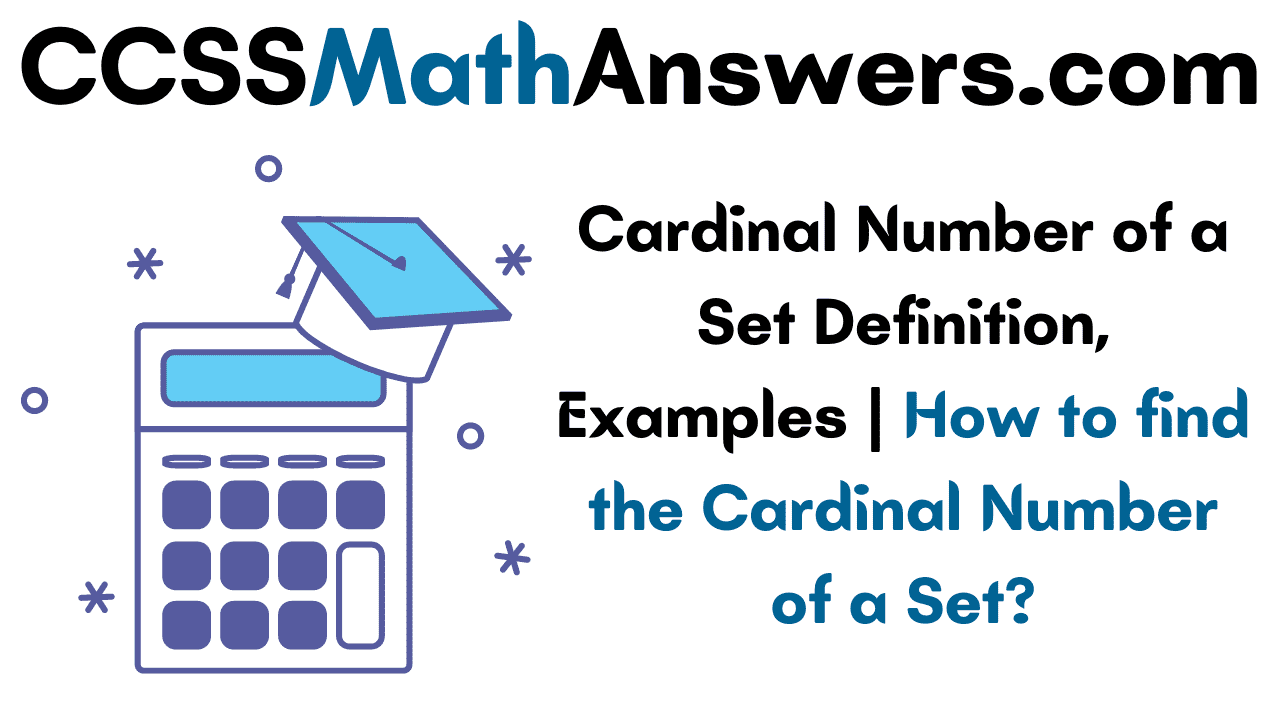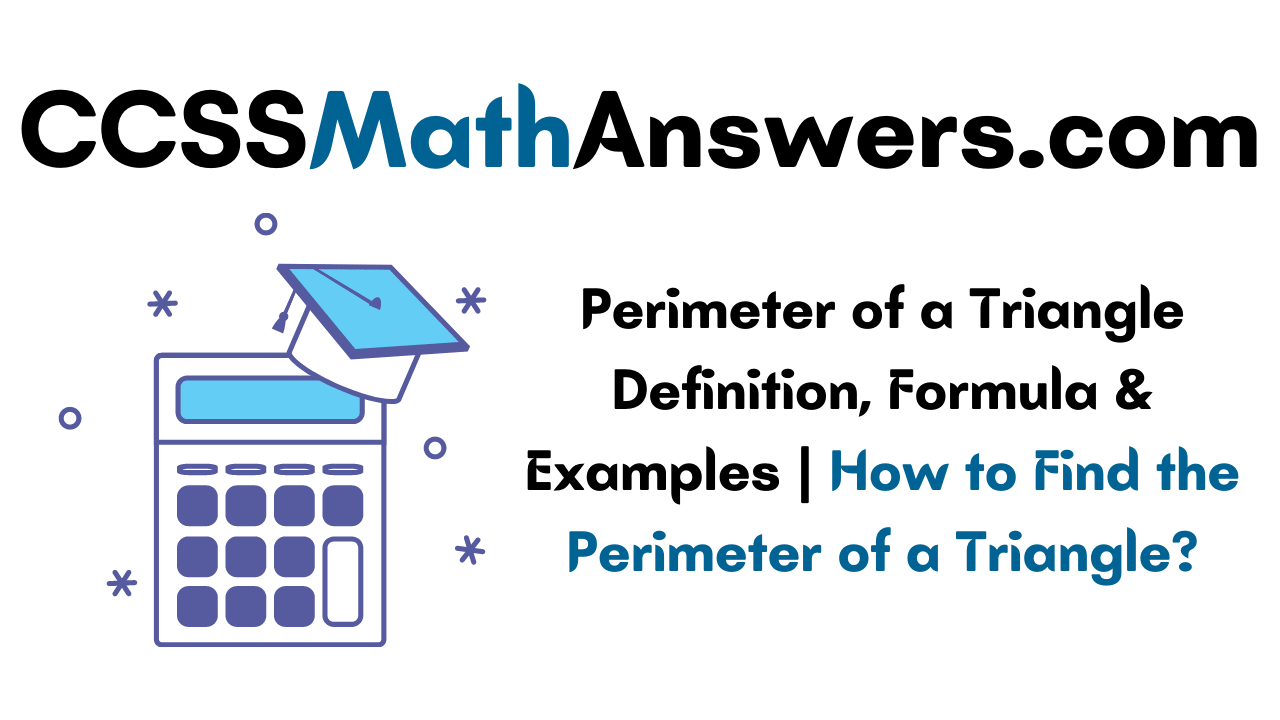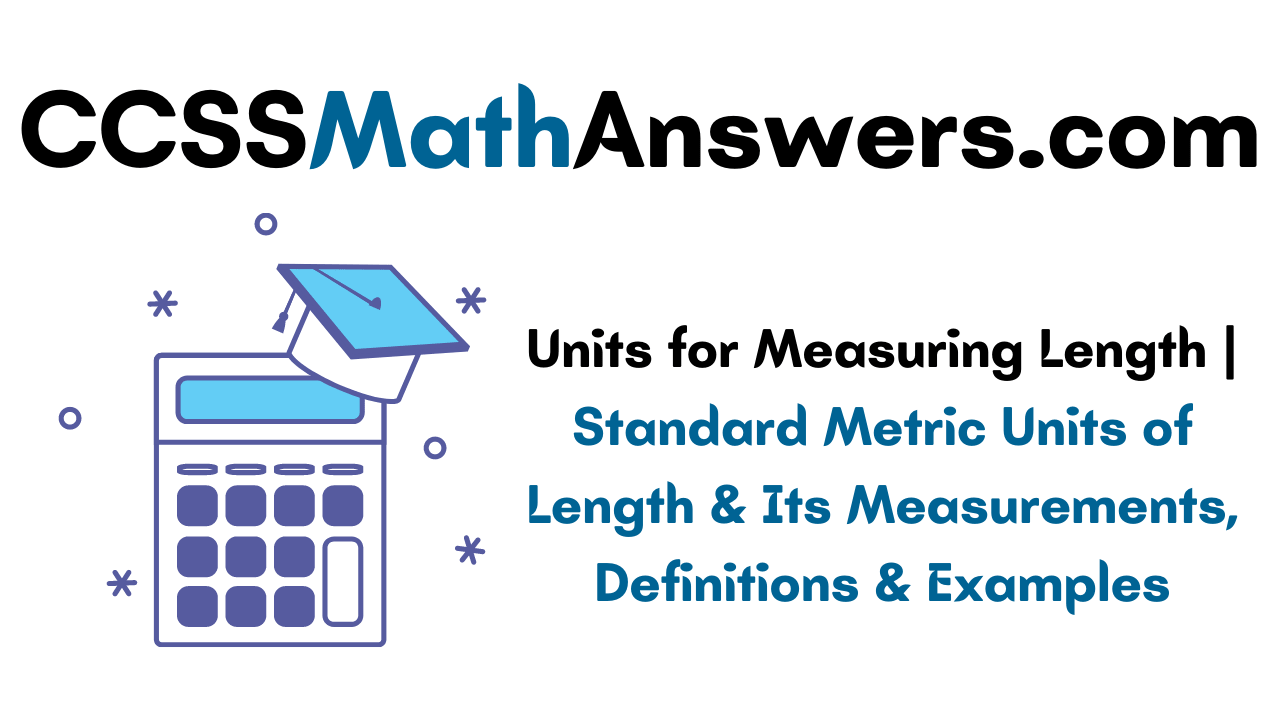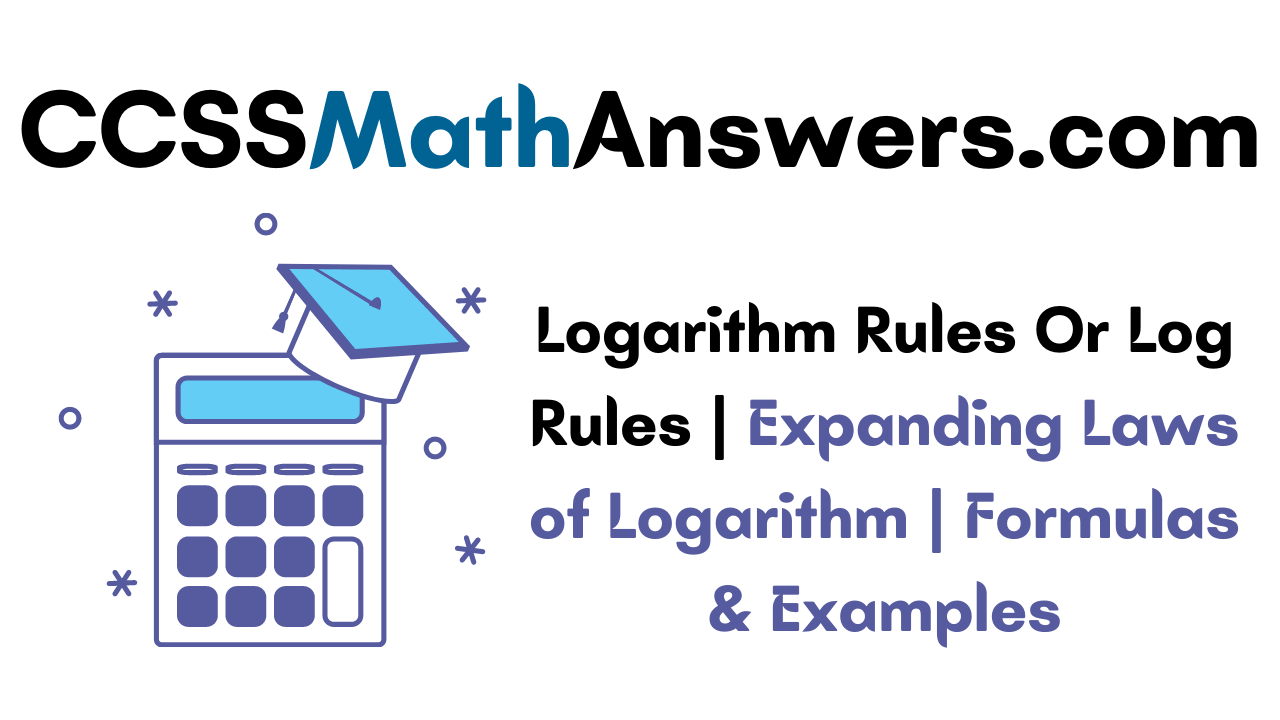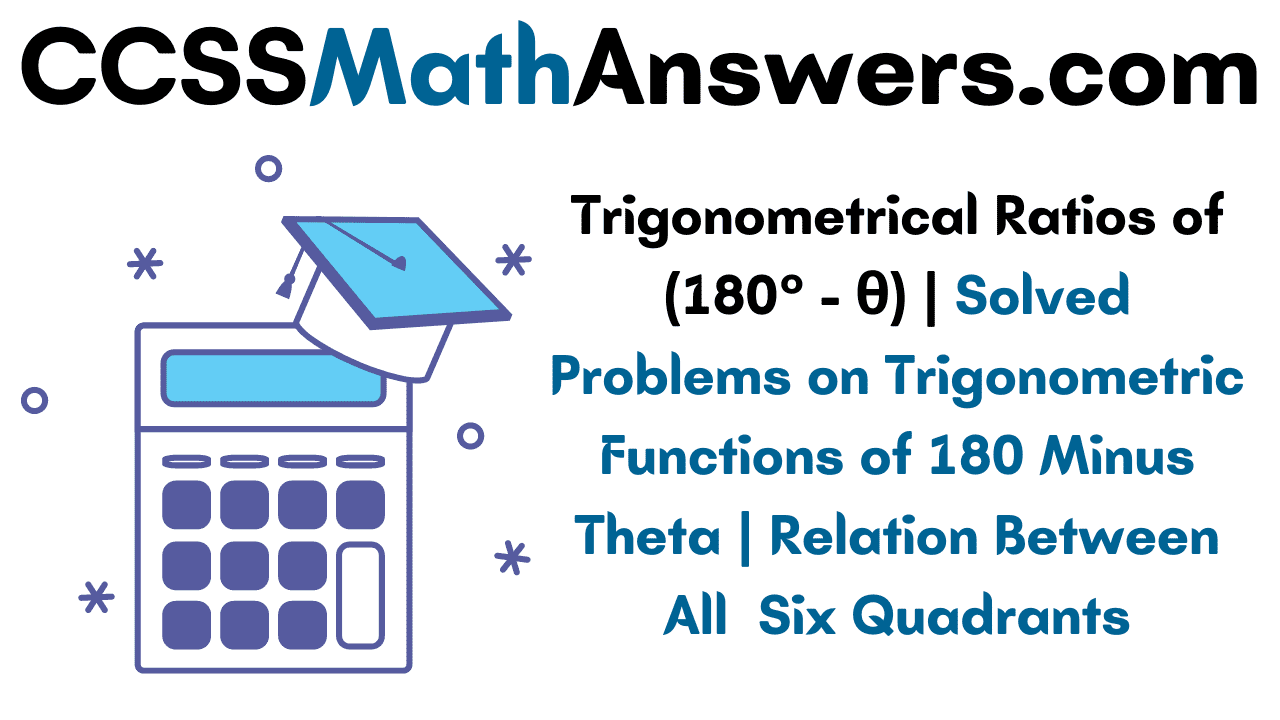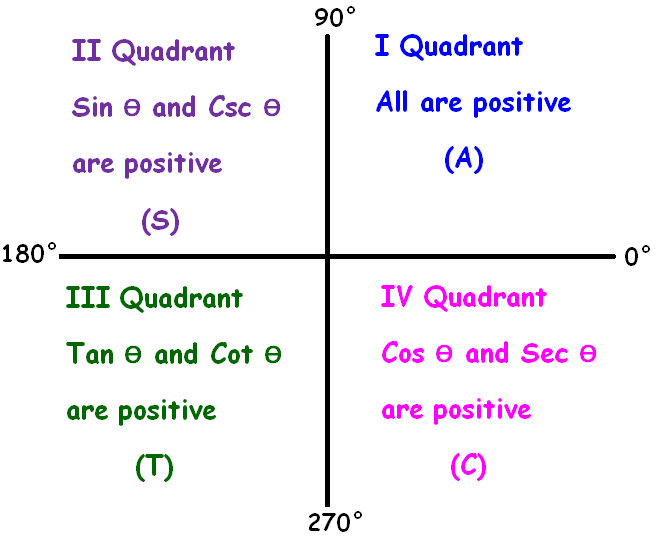Time is written in terms of Hours, Minutes, Seconds. Time can be converted from one unit to another with the help of conversion formulas. Among all Time conversions, Conversion of Seconds into Hours is the trickest one and highly seek help by students to solve their homework or assignments. To aid your preparation and homework, we have curated the details about seconds to hours conversion like definitions, conversion formula, the procedure to convert sec to hr, and some solved examples on second to hour conversion.
Go ahead and dig deep regarding Conversion of Seconds(sec) into Hours(hr) also look at the Math Conversion Chart to learn more about length, mass, capacity conversions along Time Conversions.
Definitions of Seconds & Hours
Seconds(sec)
A Second is a Unit of Time and its symbol is ‘s or sec’. As per the SI definition, the definition of second is the duration of 9,192,631,770 periods of the radiation corresponding to the transition between the two hyperfine levels of the unperturbed ground state of the caesium 133 atoms at zero kelvins. According to the conversion base, 1 sec = 0.000277778 hr.
Hour(hr)
An Hour is a Unit of Time measurement, determined as 1/24th of a day or 60 Minutes. The Hour is the SI unit of time taken for the Metric System. The abbreviation of Hours is ‘hr’. As per the conversion base, 1 hr = 60 Minutes or 3600 Seconds.
Formula for Converting Second to Hour
Have a glance at the provided box and learn the mathematical formula which is used for converting seconds to hours:
| Hours = Seconds ÷ 3,600 |
Second to Hour Conversion Table | Sec to Hr Conversion Chart
Here is the list of seconds converted to hours. Check out the conversion chart of sec to hrs and get some idea of How much is particular second in Hours.
| Seconds | Hours | Hours, Minutes & Seconds |
|---|---|---|
| 1 | 0.000278 | 0 hr 0 min 1 sec |
| 100 | 0.027778 | 0 hr 1 min 40 sec |
| 200 | 0.055556 | 0 hr 3 min 20 sec |
| 300 | 0.083333 | 0 hr 5 min |
| 400 | 0.111111 | 0 hr 6 min 40 sec |
| 500 | 0.138889 | 0 hr 8 min 20 sec |
| 600 | 0.166667 | 0 hr 10 min |
| 700 | 0.194444 | 0 hr 11 min 40 sec |
| 800 | 0.222222 | 0 hr 13 min 20 sec |
| 900 | 0.25 | 0 hr 15 min |
| 1,000 | 0.277778 | 0 hr 16 min 40 sec |
| 2,000 | 0.555556 | 0 hr 33 min 20 sec |
| 3,000 | 0.833333 | 0 hr 50 min |
| 3,600 | 1 | 1 hr |
| 4,000 | 1.1111 | 1 hr 6 min 40 sec |
| 5,000 | 1.3889 | 1 hr 23 min 20 sec |
| 6,000 | 1.6667 | 1 hr 40 min |
| 7,000 | 1.9444 | 1 hr 56 min 40 sec |
| 8,000 | 2.2222 | 2 hr 13 min 20 sec |
| 9,000 | 2.5 | 2 hr 30 min |
| 10,000 | 2.7778 | 2 hr 46 min 40 sec |
| 20,000 | 5.5556 | 5 hr 33 min 20 sec |
| 30,000 | 8.3333 | 8 hr 20 min |
| 40,000 | 11.11 | 11 hr 6 min 40 sec |
| 50,000 | 13.89 | 13 hr 53 min 20 sec |
| 60,000 | 16.67 | 16 hr 40 min |
| 70,000 | 19.44 | 19 hr 26 min 40 sec |
| 80,000 | 22.22 | 22 hr 13 min 20 sec |
| 86,400 | 24 | 24 hr |
| 90,000 | 25 | 25 hr |
| 100,000 | 27.78 | 27 hr 46 min 40 sec |
Conversion of Seconds into Hours Process | How to Convert Seconds(sec) to Hours(hr)?
One of the easiest methods to convert seconds to hours is to divide the number of seconds by 3,600. In order to explain the reason for this conversion, first set up the conversion tables where first convert the number of seconds to minutes, and then the number of minutes to hours. These can be helpful to convert the sec to hr easily.
If not, you may also make use of the simple conversion formula to convert seconds to hours. The formula for second to hour unit of time conversion is given here.
We know 1 second is equal to 1/3600 hour
Hence, the Seconds to Hours Conversion Formula is given as
| Hours = Seconds ÷ 3,600 |
Once, you have the formula for conversion between sec to hr just apply the given inputs in the formula and find out the hours within less time. For more learning knowledge, please go with the Conversion Of Seconds Into Hours solved examples explained by us and learn completely how to convert Sec to Hr easily within no time.
View Related Articles
- Conversion of Hours into Seconds
- Conversion of Minutes into Seconds
- Conversion of Minutes into Hours
- Conversion of Hours into Minutes
Worked-out Examples on Conversion of Seconds(sec) into Hours(hr)
1. Convert 1500 seconds into hours?
Solution:
First, we start converting seconds into minutes and then minutes into hours.
As we know the formula for conversion of sec into min, so apply it in step 1:
1500 seconds = (1500 ÷ 60) minutes (1 second = 1/60 minute)
= 25 minutes
Now, convert the minutes into hours by using the conversion formula:
= (25 ÷ 60) hours (1 minute = 1/60 hour)
= 0.416667 hours or 0 hr 25 min.
Therefore, 1500 seconds(sec) = 0 hr 25 min.
2. Convert 76 Seconds into Hours using conversion formula?
Solution:
We have 76 seconds and the conversion formula for Seconds(sec) to Hours(hr) conversion is as follows:
Hours = Seconds ÷ 3600
Now, apply the given time values in the formula and covert the sec to hr,
Hours = 76 ÷ 3600
= 0.021111 hr or 0 hr 1 min 16 sec
Hence, 76 seconds in hours is 0.021111 hr or 0 hr 1 min 16 sec.
FAQs on Converting Seconds to Hours
1. What is the formula for converting Seconds to Hours?
The conversion formula for seconds to hours is Hours = Seconds ÷ 3600
2. How much is 15 seconds in hours?
15 sec = 0.004167 hr or 15 sec = 0 hr 0 min 15 sec.
3. How to convert Sec to Hr?
As there are 3600 seconds in an hour to convert from Seconds to hours divide the time value by 3600.

